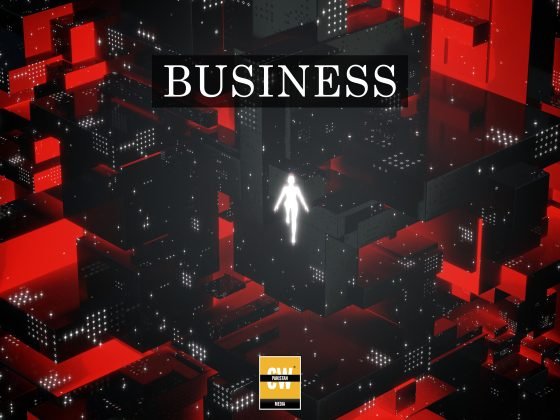ISLAMABAD – The International Monetary Fund (IMF) has imposed 11 additional conditions on Pakistan as part of its ongoing $7 billion lending program, raising the total number of conditions to 50. The latest demands include the approval of a new Rs17.6 trillion budget, increasing the debt servicing surcharge on electricity bills, and lifting restrictions on importing used cars older than three years.
The IMF’s Staff Level report, released on Saturday, highlights rising geopolitical tensions between Pakistan and India as a significant risk to Pakistan’s fiscal, external, and reform targets. Despite heightened tensions over the past two weeks, market reactions have been relatively muted, with the stock market maintaining its recent gains and spreads widening only moderately.
The IMF’s projection for Pakistan’s defense budget in the upcoming fiscal year stands at Rs2.414 trillion, reflecting a 12% increase of Rs252 billion. However, Pakistan’s government plans to allocate over Rs2.5 trillion to defense, marking an 18% rise following recent hostilities with India.
One of the key new conditions mandates parliamentary approval of the fiscal year 2026 budget aligned with IMF targets by the end of June 2025. The total federal budget is projected at Rs17.6 trillion, with Rs1.07 trillion earmarked for development spending. Interest payments are expected to reach Rs8.7 trillion, with an overall deficit of Rs6.6 trillion and a primary budget surplus of Rs2.1 trillion.
The IMF also introduced new requirements for Pakistan’s provinces, asking them to implement new Agriculture Income Tax laws via a comprehensive plan that includes operational infrastructure for tax return processing, taxpayer registration, public communication, and compliance strategies. The deadline for provincial compliance is June 2025.
Governance reforms are another focal point, with Pakistan required to publish a governance action plan addressing critical vulnerabilities identified by the IMF’s Governance Diagnostic Assessment. Additionally, the government must adjust the unconditional cash transfer program annually for inflation to maintain the purchasing power of recipients.
In the energy sector, four new conditions have been set. The government must issue notifications for annual electricity tariff rebasing by July 1, 2025, and semi-annual gas tariff adjustments by February 15, 2026, to ensure tariffs reflect cost recovery. Furthermore, Parliament must pass legislation by the end of May to make the captive power levy ordinance permanent and remove the Rs3.21 per unit cap on the debt service surcharge by the end of June. This surcharge increase is aimed at addressing inefficiencies in the power sector that have contributed to Pakistan’s circular debt crisis.
On trade liberalization, the IMF demands that Pakistan remove quantitative restrictions on importing used motor vehicles. Currently limited to cars up to three years old, the government is required to submit legislation by the end of July to allow imports of vehicles up to five years old, enhancing affordability and market access.
Besides the new conditions, the IMF has extended deadlines on four delayed implementation targets. While Pakistan met all seven quantitative performance criteria for December 2024—including foreign reserves, cash transfer spending, new tax filings, and budget deficit ceilings—it missed targets related to health and education spending, net tax revenue from the Federal Board of Revenue (FBR), and tax revenues from retailers under the Tajir Dost scheme.
Structural benchmarks have seen mixed progress, with successful approval of a National Fiscal Pact and amendments to bank resolution laws. However, legislation delays on provincial Agricultural Income Tax, Civil Servants Act, and Sovereign Wealth Fund Acts remain concerns. Missed benchmarks related to undercapitalized banks and captive power producers are expected to be resolved through forthcoming policy actions.
The IMF’s new conditions underscore the challenging path Pakistan must navigate to stabilize its economy, address energy inefficiencies, and meet its reform commitments amid geopolitical tensions.











